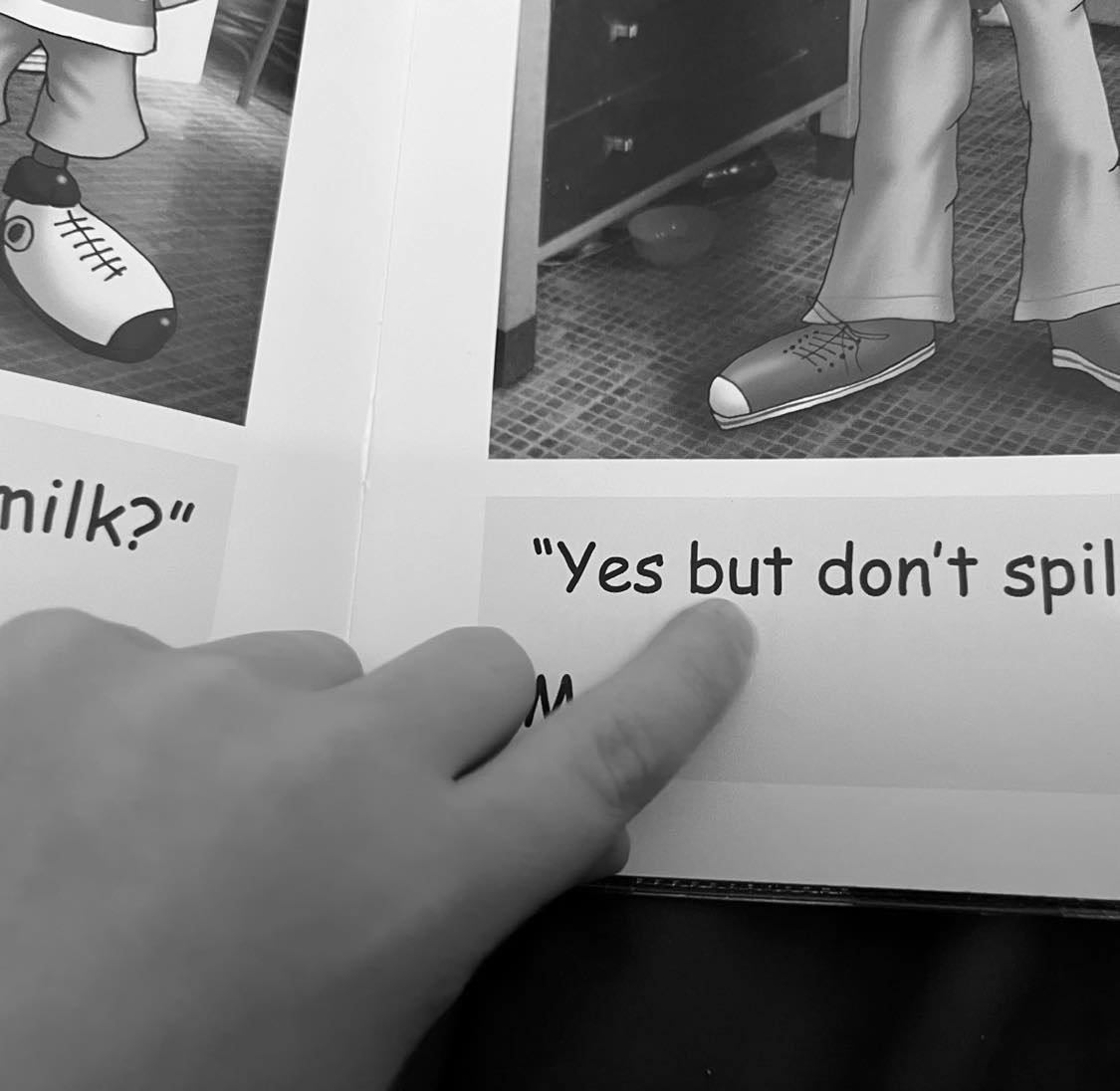
‘Never Alone’ — But Are We Listening?
A reflection from both sides of the desk — as a parent-carer and specialist teacher — on how awareness days like ‘Hello Yellow’ risk becoming tokenistic in specialist settings, and how schools can make mental health education meaningful for every learner.

The Double Empathy Problem and Implications for Teachers
In the next part of my series, I’m looking at what the Double Empathy Problem means in practice, day to day in a learning environment.
If we understand that communication breakdowns between autistic and non-autistic people are mutual (not the sole responsibility of the autistic student), how does that change our approach in the classroom?
How might our assumptions, expectations, and environments unintentionally create more disconnect, and what can we do to bridge the gap?


How can we support students who have slow processing speeds in the classroom?
Here's the last of my posts looking at Processing Speed. This time I'm looking at the supports we can put in place for students who struggle with this.

How might slow processing speed be identified in the classroom?
Here's the second installment of my series on processing speed. This post examines how we might spot slow processing in our students, and our own children.

What is Processing Speed
‘Slow processing speed’ is something I’ve encountered a lot recently, both personally and professionally. So, I’ve been doing some research into what it is, and what we can do to support students who are affected in this way.
This will be the first in a series of 3 - if you find this helpful, look out for my next post next week.

Talking Toys
I’m just getting my desk cleared, ready for a week of teaching. Some of my students bring their stuffed toys to their lessons.
Sometimes the toys speak on their behalf, it takes away some of the anxiety over making mistakes, and I’m happy to chat to stuffed toys.
I’ve now got Paddington on standby in case I need reinforcements.

Banana Peel
For breakfast this morning, my student and I sampled some banana. This photo is a reconstruction, because by the time it occurred to me that we could write on the skin … I’d already eaten mine … so only my student actually wrote on a banana at the time!
Can anyone recommend edible pens? I don’t think sharpies and soft fruit will be a tasty combination!

Cinnamon Sensory Salt
✨ Sensory Salt for Learning to Read & Spell! ✨
Sensory salt is a fantastic multi-sensory activity that engages touch, sight, and even smell to make learning more engaging! My sons enjoyed tracing words in our homemade cinnamon-scented salt – perfect for a winter learning session. ❄️
Why use sensory salt?
✔️ Engages multiple senses to reinforce learning
✔️ Supports fine motor skills development
✔️ Makes spelling and phonics practice more fun!
Want to try it at home? Read on to learn how to make your own.


Dienes and Trains
Dienes (or Base 10) are a really useful way of showing number in a concrete way.


